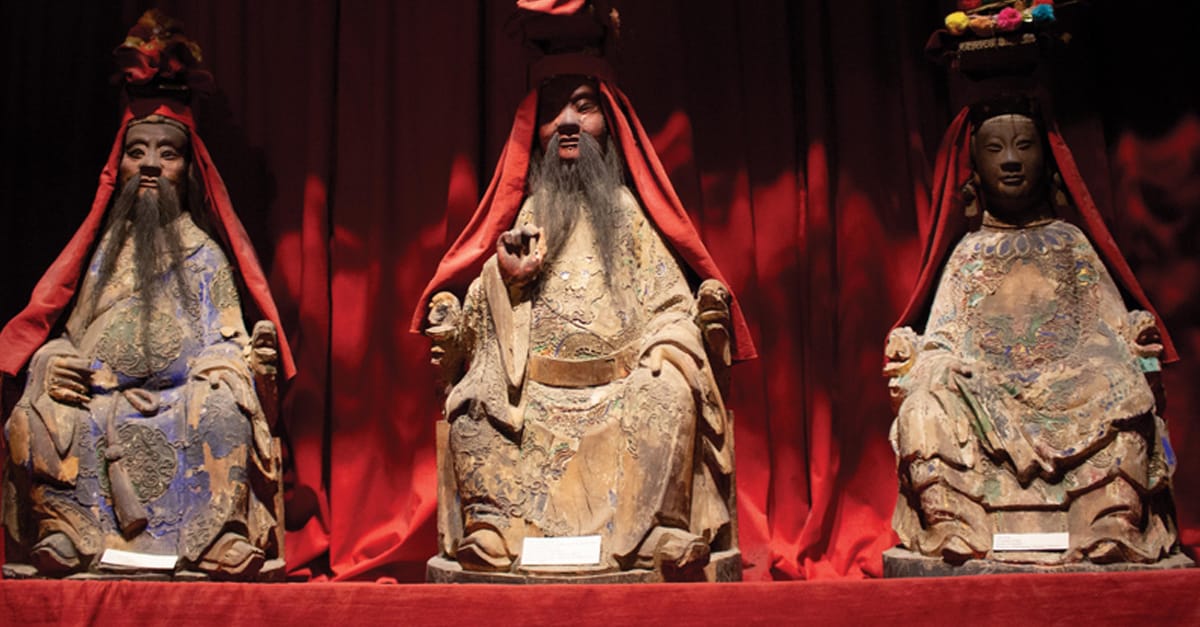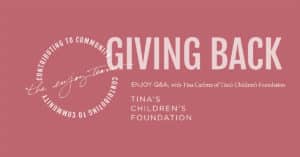Oroville’s Chinese Temple
Cultural Artifacts…
When, in 2015, the City of Oroville undertook extensive improvements on its most visited museum, the Chinese Temple and Museum Complex, it added a gorgeous entry gate of Chinese design. From the moment of arrival, visitors know that they are at a very special place.
“It’s still an operating worship area,” says Machelle Conn, lead docent at the Chinese Temple. “The main temple is a temple of many deities.” Buses arrive from Sacramento and San Francisco bringing worshipers and others who want to connect with the cultural and historical significance of the complex.
“One of the reasons the temple is here is because a local family saved the artifacts,” adds Conn. Major flooding in 1907 destroyed what was once much of Oroville’s Chinatown. “We have items that they don’t have in China anymore because they were destroyed in the Cultural Revolution. We have a significant number of rare and valuable artifacts.” It is a California Landmark and is on the National Register of Historic Places.
The Chinese Temple and Museum Complex tells a story of the Oroville community that many may not know. “Oroville had about the second-biggest population of Chinese in the Gold Rush era,” says Conn. “I think it’s important for the community to realize that we have a more diverse history than just the miners.” It was more than the flood of 1907 that sent Oroville’s Chinese community into cities such as San Francisco and Sacramento. The Chinese Exclusion Act removed economic opportunity and safety.
The temple and museum show not only how the local Chinese community worships, but also how it conducted civil and cultural business, dressed, decorated and entertained. Five buildings comprise 19 rooms. The Main Chapel, known as Liet Sheng-Kong Temple, is a place in which practitioners of Buddhism, Confucianism and Taoism gather in prayer. The Moon Temple is dedicated to the Yellow Buddha and the Chan Room is a Confucian room for reverence of the ancestors. A tapestry room features antique textiles and display areas showcase photographs and artifacts, such as urns and shadow puppets made of donkey skin.
The Fong Lee Building was built as a replica of the Fong Lee Company, and features many original artifacts from the medicinal herb and gold purchasing store. A Workers Hut shows living conditions of 1860s Chinese miners. The Cullie Room features Chinese and American clothing from 1840-1940.
A courtyard and garden features plants of Chinese origin, including a tissue bark pine tree and bamboo that are traced back to the 1860s. A fish pond filled with lily pads blooms in the summer months, and a Chinese pomelo tree produces plentiful large grapefruits.
The complex is kept going by volunteer docents who are responsible for day-to-day operations, including tours and historical presentations. The land was deeded to the City of Oroville in 1937 and first opened to visitors in 1949 after the Oroville Women’s Community Club undertook extensive renovations. “The city maintains it, but the volunteers are who keep the doors open,” says Conn, noting that all five city-owned museums are run by volunteers.
Conn became a docent while serving several years on the Oroville Park Commission. “It made sense to become part of the docent association,” she says. “I like pointing out how significant the history of the temple is to the development of Oroville. And it’s fun working with the kids.” School groups comprise a large number of visitors to the temple, coming from across Butte County and beyond.
Chinese New Year is the largest celebration at the temple, but visitors can find something to enjoy year-round. All they need do is walk through the gate of entry to realize a significant experience awaits.
Chinese Temple and Museum Complex
1500 Broderick Street, Oroville • (530) 538-2496




